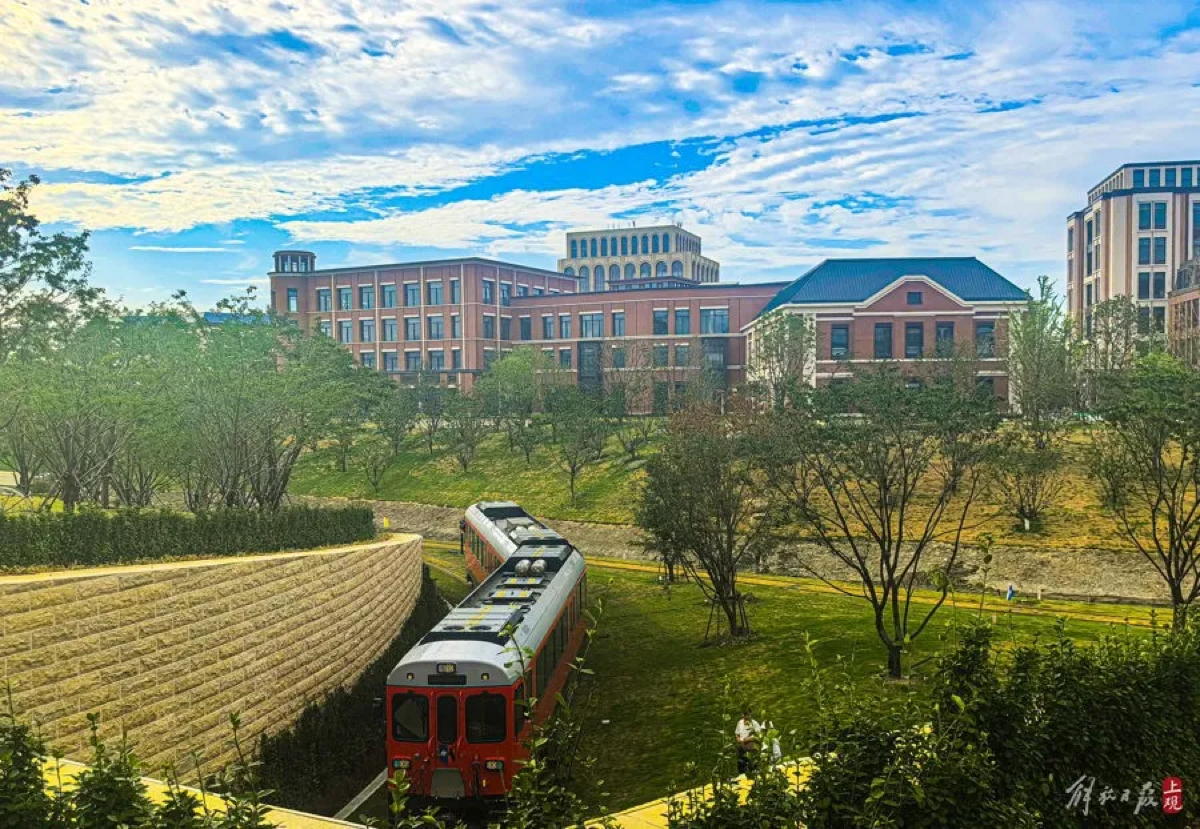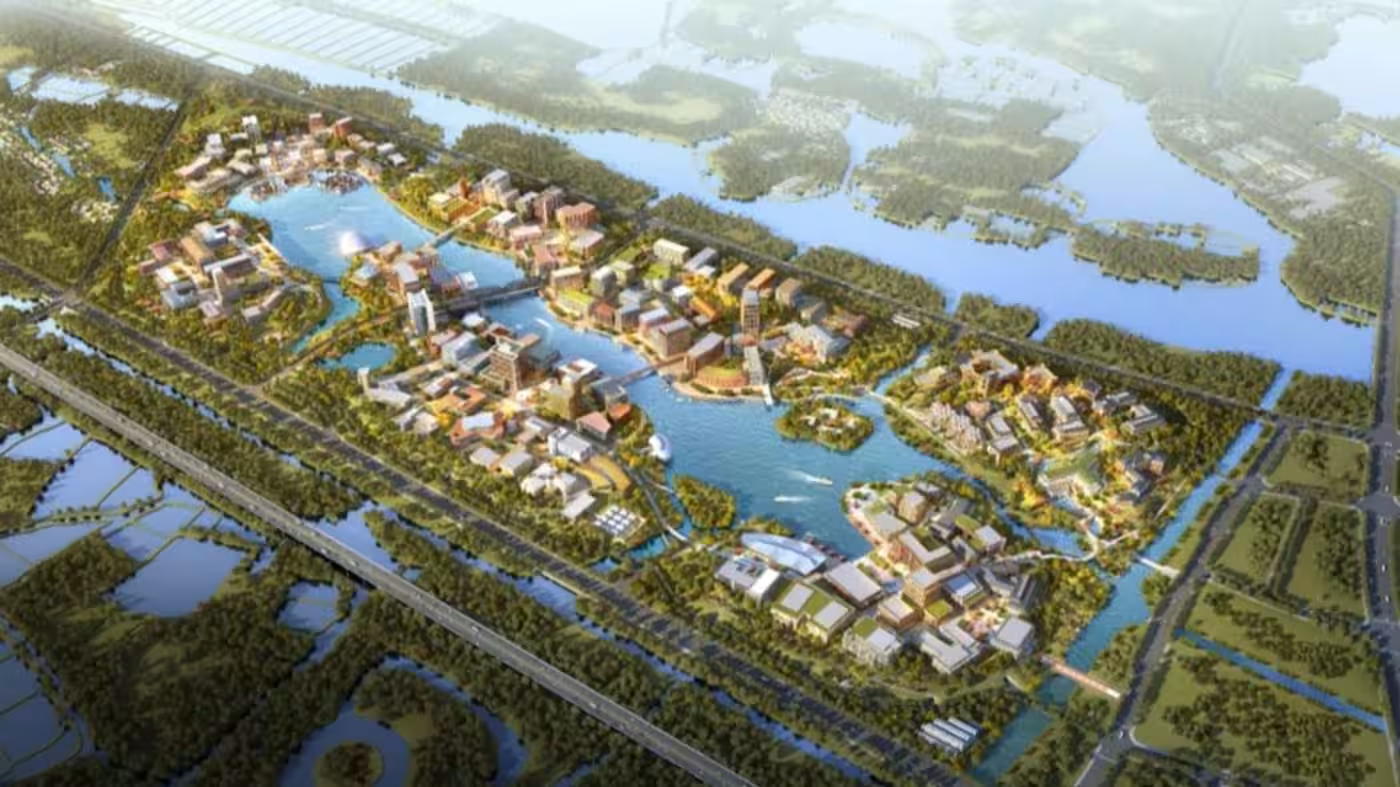Huawei Completes Massive $1.4bn R&D Campus With ‘100 Cafes’

Huawei Technologies completes work on massive centralised R&D campus as it seeks to develop domestic chip technologies
China’s Huawei Technologies has completed its massive 10-billion-yuan ($1.4bn, £1bn) research and development centre in Shanghai, where it plans to consolidate R&D efforts across the company’s various branches with the employment of about 30,000 people.
The centre, which has been officially given the name Lianqiu Lake R&D Centre, is a sign of how heavily Huawei is investing in R&D as it seeks to combat increasingly stringent US export controls.
Those efforts have included the development of the Kirin 9000s chip powering the 5G-capable Mate 60 series of smartphones launched last year as well as AI chips aimed at domestic companies that US restrictions now bar from purchasing high-end Nvidia semiconductors.
The Lianqiu Lake campus is to house Huawei’s work on semiconductors as well as wireless networks, the Internet of Things, smartphones, automobiles and energy, officials have said.

Global R&D hub
The site is to include work on developing chip lithography machines, which in the past have been mostly imported to China but have been targeted by sanctions in US ally the Netherlands, Nikkei reported in April.
The campus, which covers an area of 160 hectares (395 acres), is much larger than Apple Park, at 175 acres, and is comparable to Microsoft’s Redmond campus, which is 502 acres.
Located about 30 miles southwest of Shanghai’s city centre in the Yangtze River delta, it is divided into eight districts and has roads, trains and elevated bridges connecting its eight blocks of some 104 buildings, which include laboratories, offices and leisure areas.
Some bridge construction and greening projects are still in progress, but signage, district roads and train services are all completed, according to official Shanghai government newspaper Jiefang Daily.
The complex is to serve as Huawei’s global R&D hub and is to go into operation this year, according to previous local government announcements.

Foreign workers
Huawei began the building project in September 2021 and chief executive Ren Zhengfei said the Chicago Lakeside residential complex served as the model.
Ren said the company aimed for Huawei’s seven or eight hundred foreign researchers to feel at home with amenities including more than 100 on-campus cafes.
American trade restrictions imposed in October 2022 bar “US persons” from supporting “development or production” of chips at “certain China-located semiconductor fabrication ‘facilities’ without a licence”.
The US this year has revoked eight licences that enabled some US companies to ship goods to Huawei, which remains the world’s largest telecommunications equipment vendor, Reuters reported this month.